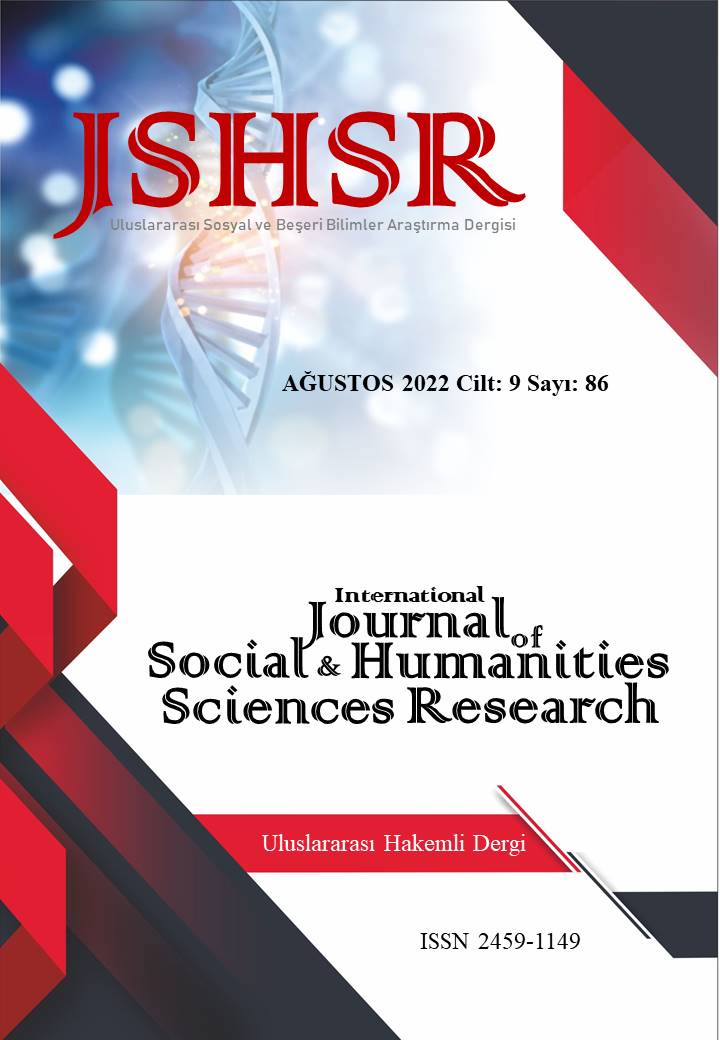THE STUDY OF THE CONCEPT OF "SELF” IN THE CONTEXT OF THE RELATIONSHIP BETWEEN PHILOSOPHY AND ART
DOI:
https://doi.org/10.26450/jshsr.3190Keywords:
Self, The Concept of Self in Philosophy, Self in Art, Philosophy, and Self in ArtAbstract
Especially the son of the ”Concept of Self", which often appears in psychology, has been one of the most discussed topics for several years. The self is not dealt with because of the question of who I am in childhood. This question is one of the greatest karma of mankind. From the past to the present, introductory disciplines have made various introductions about themselves. The simplest definition of "self" refers to the self-existence of one's personality. In a broader sense, Dec is the totality of the kurtosis of the concept of ”I" between the subject and the object. Away from since; in other disciplines, the concept of self appears in similar queries. For example, in philosophy, it is also revealed that the Mead self is the way an individual can be viewed as an object from the outside. In order for an individual to do this, he needs to be evaluated in the way of his external appearance. In other words, the source of the development of the self lies in the role of another. The most important element in this role is ISE art. The independent, free and creative feature of art plays an important role in the emergence and understanding of this concept in the middle. Because no matter how much the universal life does not allow the true self to appear, it also encourages the individual to reveal his or her own identity in art. In this study, the concept of self has been examined by considering the relationship between philosophy and art, and the results have been tried to speak in the middle in a different way
Downloads
Published
How to Cite
Issue
Section
License
Copyright (c) 2022 INTERNATIONAL JOURNAL OF SOCIAL HUMANITIES SCIENCES RESEARCH

This work is licensed under a Creative Commons Attribution 4.0 International License.


